In our previous post called Search Engine Optimization: Creating Tiered Structures, we touched briefly on the importance of site structure and creating cascading or faceted / tiered navigation for search engine optimization through links. Now it’s time to elaborate the SEO strategy and tactic further.
Under this optimization strategy, each page acts like a hub (a place where others can enter or leave) which to a search engine is represented by a combination of (1) the on page factors which comprise the content on the page (2) the site and page reputation and (3) the off page or inbound link / reputation of the page aggregated into a compound signature / effect.
This relevance signature serves as a hash mark based on the aggregate values transferred into the corresponding query space. In query space, when a page is identified as a relevant hit it is served in the search engine result page depending on the signals it produces.
How you create this SEO signature is through (a) how you structure your website via the tiered URL foundation (b) how you link contextually from page to page and how the navigation schema is implemented and (c) how many pages are receiving relevant augmentation from editorial or contextual sources online from inbound links from sites with authority on the topic or dynamic website authority which transcends the topic and gets passed along to those pages.
Based on the strength of the collective relevance signal determines where that page fits into the top 1000 pages (in search engines) as identified by competitive and relevance thresholds in the various search engines index.
The rule of thumb for optimization is “every page a destination” and what is important is to position that content by finding either (a) the personality type it appeals to or (b) a person in a unique situation that has a need for that pages product, service or solution.
The next logical step is to scale this or replicate it in sequence across a larger data set. When addressing a page in the hierarchy, it is imperative to focus on two variables (1) how many inbound links the page receives and (2) how many contextual and / or links are leaving the page.
By managing this process so that tier 1 pages are fed by at least 3 other tier one pages tier 2 pages are fed by at least 5 other tier 2 links and tier 3 links are fed properly (5-10) contextual links from tier 2 pages that the link equity funnel is directed at the appropriate page for conversion.
Let’s map it out visually as a precedent for clarity.

Tier 1 Navigation (broad category files in root)
Tier 1 pages: Files in the root folder that represent flat site architecture are typically considered your tier one pages. You can use lateral linking (linking from one sub folder from another) or link through the main navigation to your tier 2 pages from here which represent your content silo’s, category pages and areas to consolidate ranking factor for your third level push to the tier 3 landing pages.
Also consider using secondary navigation for dripping relevant link flow to tier pages, i.e. Amazon.com showcases excellent examples of using their suggest feature to link to contextually relevant products and services which (a) increases relevant linking and (b) passes authority to deeper pages (which can make mid-tail and long-tail keywords buoyant).
Also keep in mind that for every tier 3 page, a corresponding tier one landing page (in the flat site architecture) should exist to mine the equity from the deeper folders in the website and give buoyant page rank an opportunity to express itself with the least amount of resistance.
Most large websites rarely use three tiers, they simply use tier 1 and tier 2 keyword rich landing pages then use canonical category pages to serve more distinct types of varied topical content.
You can build as many pages as you want in the root using this method (100,1000, 10,000) and then use subfolders to add lateral content (by subject) to expand the base of rankings and relevance (from theming and siloing).
Tier 2 pages: Tier 2 pages are designated to act as a springboard for other pages within the site. These are typically category pages with links to brand pages, makes, mfg.’s, keyword variations or lucrative keyword modifiers (best, affordable, cheap, genuine, etc.).
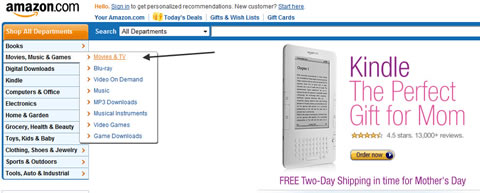
Example of Tier 2 Navigation (Themed Categories)
Based on your website, the type of products, services or conversion items are prevalent, determines which alternative / themed links appear within the navigation schema for those pages or which contextual links prevail as the preferred outbound links within the body text.
Within each page you can assess link structure from:
- Navigation Blocks (primary and secondary navigation).
- Contextual Links
- Linked Images and Alt Attributes
- Footer Links
These are the types of links you could implement, to or from any page in your website; however you will need to determine which types of links to use and when appropriate based on the competing pages, amount of content within the site or other thresholds which challenge your entry to the top 10 result for the desired keywords.
This can range from crawl errors, lack of link-flow, PageRank or inbound links or lack of connectivity to other themed and relevant pages within the site.
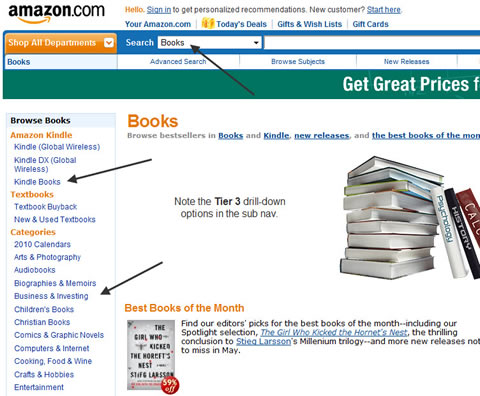
Tier 3 Individual (Product) Page
Tier 3 Pages: Tier 3 pages are like stand-alone pages that function like their own mini-site. Tier 3 pages belong to a category but they can be supported from any page with significant ranking factor (such as a contextual link, groups or contextual links, inbound deep links from other pages or even links from sitemaps).
Based on (1) how competitive the keyword variation is (2) how much content is on the page to reinforce relevance and (3) how much authority the page has acquired from both on page and off page optimization determines the extent of your tier 3 pages buoyancy and rankings.
Most of the actual tier 3 content on www.amazon.com (since we used them as an example) is buried further from the primary navigation and becomes more prevalent as you progress deeper into the site architecture.
If you wanted to start with a simple formula you could ensure:
- Tier 1 pages all have 100 deep links and 10 contextual inbound links from tier 2 pages
- All Tier 2 pages have at least 10 secondary navigation or contextual links from tier one pages and 20 links from tier 3 or siloed pages.
- That tier 3 pages has at least 5 inbound links from other websites and at least 5 contextual links from tier 2 pages to provide the internal on page tipping point to cement them as authoritative pages in the hierarchy.
While numerous examples could be provided, think or tier one pages as the crowning pages where the most link flow is designated then from there though a selective linking process, only the most lucrative keyword /preferred landing pages are linked from that (tier 2) and then on the tier 2 pages they funnel to either tier 3 pages (2 subfolders away from root) or back to the root to specific keyword-rich / exact match landing pages to get the most from their inherent link equity.
This means I would create (a) a flat page in the root (b) a category / subfolder to add additional content to chip away at related keyword clusters and (c) a potential tier 3 page with an alternate keyword variation to tie to the theme.




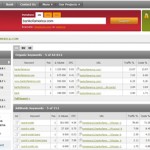
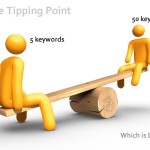





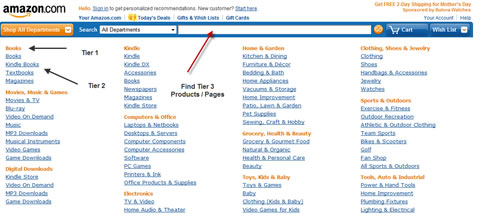

This is something that I’ve put into practice with my firm everyday. Page-tiering can help any SEO determine workflow, as well as help search engines understand which pages are important (i.e. those closer to the homepage are usually perceived as more important in relation to those that are farther away in terms of clicks or tier).
article very good